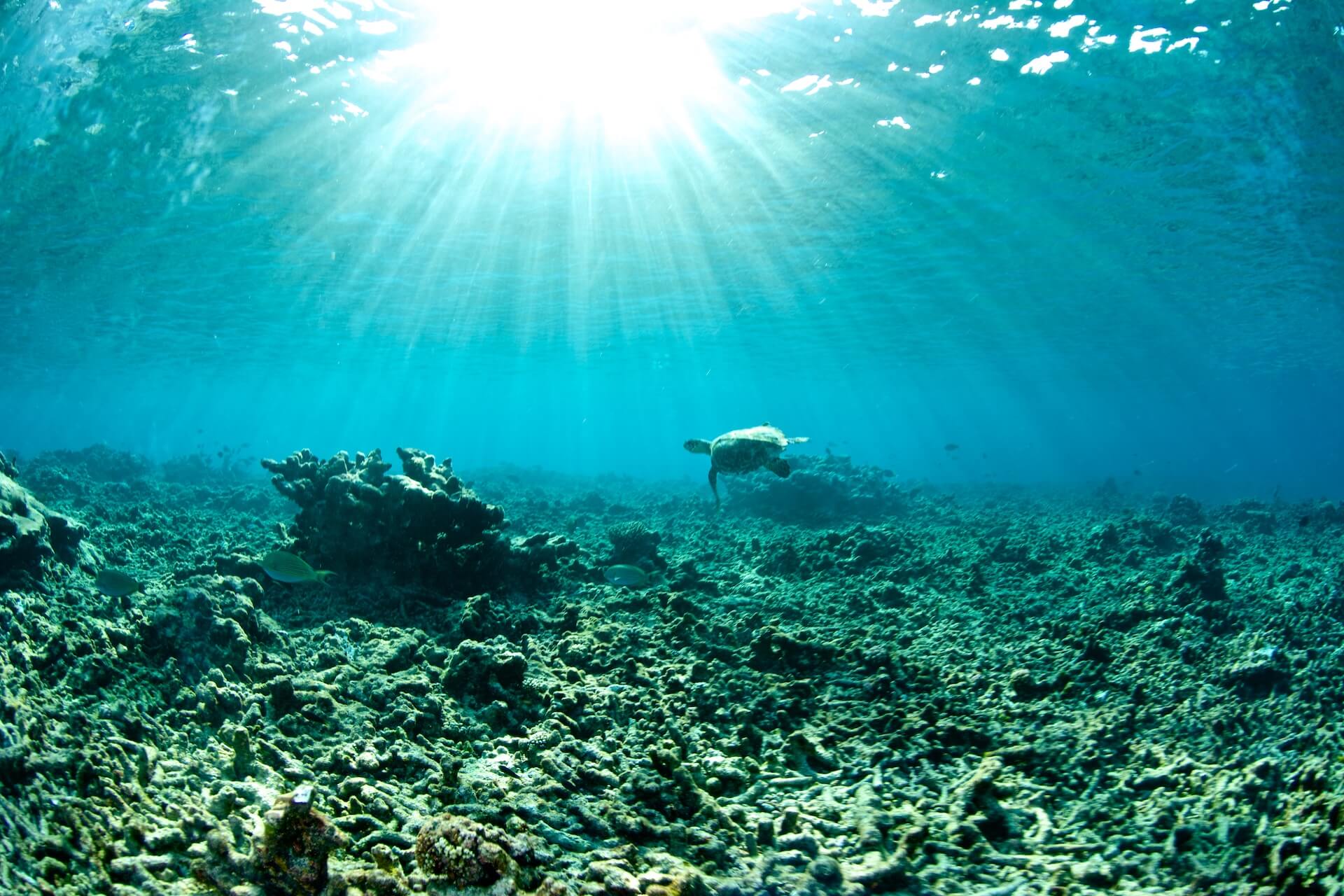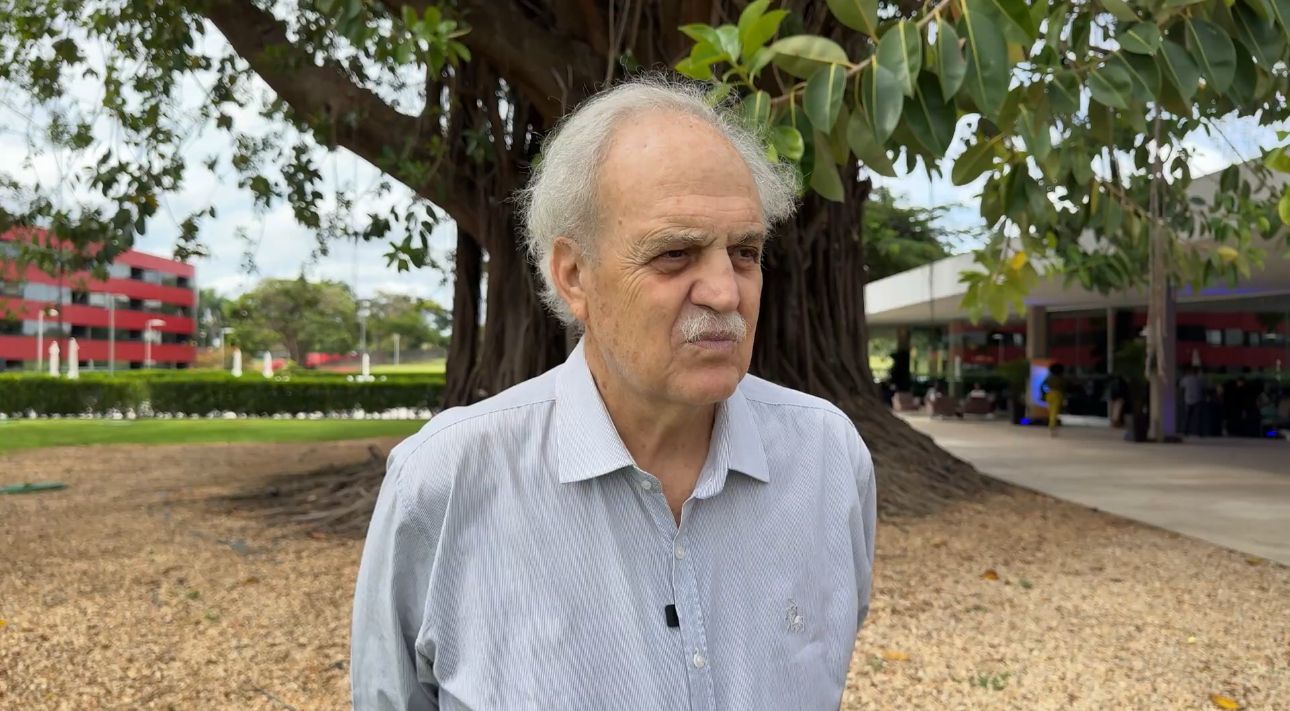The cost of inaction: a dire warning for our planet’s future
COP30 issues a grave warning: the cost of climate inaction is staggering, with climate disasters projected to tally USD 368 billion, displacing 6.6 million people by 2023. The Amazônia, coral reefs, and island nations stand at the forefront of the crisis, requiring urgent intervention and the active participation of the private sector in adaptation and mitigation efforts.

By Inez Mustafa | inez.mustafa@presidencia.gov.br
In 2024, the planet experienced unprecedented heat, setting a record as the hottest year according to the World Meteorological Organization (WMO). Aon's Climate and Catastrophes report reveals a devastating economic aftermath amounting to USD 368 billion in losses due to climate-related events. The Internal Displacement Monitoring Center warns that 6.6 million people will be displaced by extreme weather in 2023, a figure set to escalate without immediate action.
Brazilian scientist Carlos Nobre emphasizes the urgency of adapting to climate change. "With the global temperature rise already reaching 1.5°C, extreme weather events are increasingly severe and frequent. Torrential rains, prolonged droughts, heat waves, strong winds, and wildfires are now part of the global landscape. Societies must brace for these disasters," Nobre warns.
The private sector’s pivotal role in climate adaptation

With governmental resources often constrained, the private sector emerges as a crucial player in funding climate adaptation. Patricia Espinosa, former executive secretary of the United Nations Framework Convention on Climate Change (UNFCCC), underscores the economic losses resulting from climate disasters as a business case for companies. “The costs of inaction must also be considered by societies and companies. Unfortunately, this aspect is still not integrated into risk assessment,” argues Patricia Espinosa.
Former Mexican Foreign Affairs Minister Patricia Espinosa highlighted the fact that 2024 was a particularly devastating year, with record damage caused by extreme climatic events. "Communities and businesses are becoming more aware of the risks, but we must act quickly to avoid even greater costs in the future," she warns.
Ecosystems on the brink
Nobre warns that the Amazônia could soon reach a “point of no return”, where the biome would be transformed into a savannah due to climate change. This phenomenon, known as savannization, is not limited to the Amazônia. Other ecosystems around the world, such as boreal forests, African savannas, and mangroves, also face the risk of irreversible degradation.
Marine life is not immune to these threats. The Global Tipping Point organization warns of coral bleaching, which has already led to the loss of 50% of the world's coral reefs over the past three decades. Bleaching not only threatens 25% of marine life, but also affects sectors such as fisheries, tourism, and coastal protection. The Great Barrier Reef in Australia, for example, generated $4.8 billion in annual revenue and supported 60,000 jobs before the COVID-19 pandemic, but the Intergovernmental Panel on Climate Change (IPCC) predicts that the Australian economy will lose one billion Australian dollars and 10,000 jobs per year if bleaching continues.
The island nations' response
At COP26 in Glasgow, Scotland, Tuvalu's Foreign Affairs Minister, Simon Kofe, delivered an emblematic speech in the middle of the sea, with the waters reaching his knees. The message was one of warning: Tuvalu is preparing for a future in which its territory could disappear due to rising sea levels. “Even if our land territory is lost, we are adopting innovative digital tools and platforms to build a digital nation. This will allow us to continue to function as a nation-state, regardless of the loss of land,” said Simon Kofe.
In the context of international relations, for a state to be recognized internationally, it needs three fundamental elements: territory, people, and government; This is why virtual nationality has become a key question for island countries such as Tuvalu, Kiribati, and Maldives, which risk disappearing due to climate change. These countries have joined in international forums, such as the Alliance of Small Island States (OASIS), to advocate for more robust climate action and explore innovative solutions that guarantee their continuity and sovereignty.
Patricia Espinosa also emphasizes that the fight against climate change is a joint responsibility. “It is clear that we need to take collective responsibility for the future of these societies, especially the most vulnerable ones. The disappearance of small islands is unimaginable for many of us, but it is a reality that the international community cannot ignore,” she concludes.
English Version: Trad. Bárbara Menezes

